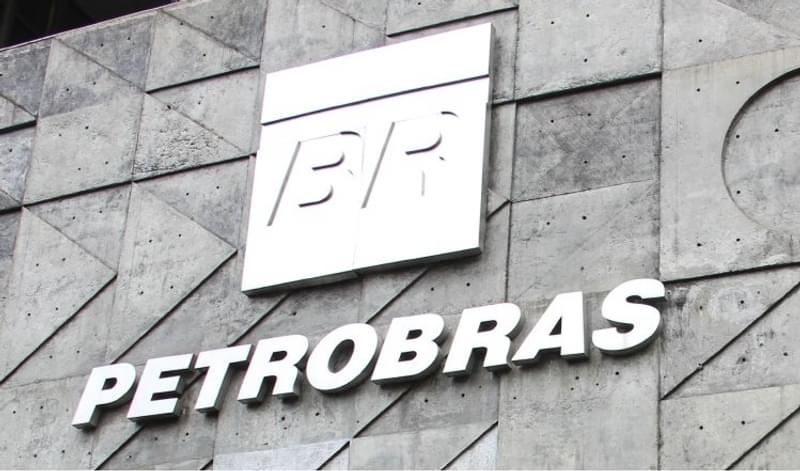Petrobras is the most heavily indebted emerging market corporate, with US$126bn of outstanding debts. Proceeds from the latest US$6.75bn dual tranche – US$5bn 5 year and US$1.75bn 10 year – issuance will be used to refinance US$3bn worth of its debt maturing in 2018.
The company has US$17bn worth of short term debt which it needs to service, including US$11bn worth of bond repayments due in the next 12 months.
Such an amount of debt has caused concerns over the corporate’s debt exposure.
“There are concerns over Petrobras’s repayment obligations, although not as much as last year,” said Alfredo Mordezki, Head of Latin American Fixed Income at Santander Asset Management, who participated in the sale.
There has been a huge reduction in Capex at Petrobras, and local petrol prices have been kept artificially high versus international prices, further aiding the company’s financial position. This has enabled the company to keep the pricing on its bond relatively tight; still, Petrobras’s 5 year bonds yielding 8.625% and its 10 year notes offering 9%, are the highest yields the company has ever paid.
“Over the last 6 to 8 months there has been a tightening of spreads,” Mordezki noted, adding that pricing had come down to 9% from 12% as Petrobras had been absent from the markets for some time. “Even in the secondary market there is not a large discount, and the company isn’t paying huge premiums.”
The country’s new government also seems to have affected interest in the state-owned company’s debt.
“Investors are now more bullish on Brazil. The markets have been celebrating the end of Rousseff’s time rather than the beginning of Temer’s,” Mordezki said.
However, he added that investors would be watching Temer’s government closely.
Nevertheless, the timing of Petrobras’s issuance opens the gates for other Brazilian corporates to come to the markets. Mordezki said around US$10bn to US$15bn in new issuances could hit the markets by the end of the year, unless the government’s policies prove economically problematic.
Henrique Meirelles, Brazil’s new Minister of Finance, has been fairly tight-lipped about his reform plans, suggesting that new policies would only be announced after completing a detailed analysis of the public accounts. Ilan Goldfajn, as the new head of the central bank, will have an equally delicate job of balancing inflation on one hand, which currently sits at just over 10%, and stoking economic activity; local interest rates have been kept steady at 14.25%.









